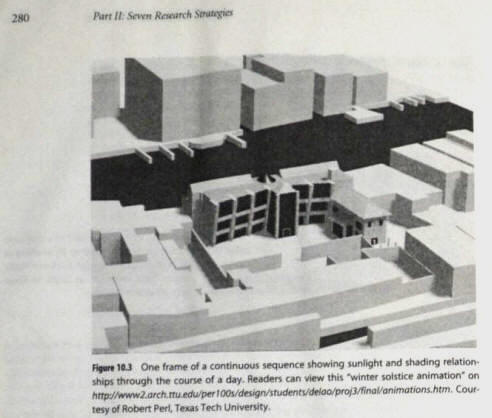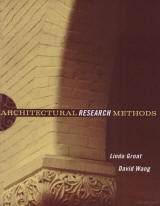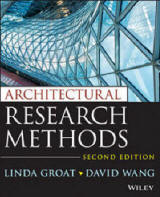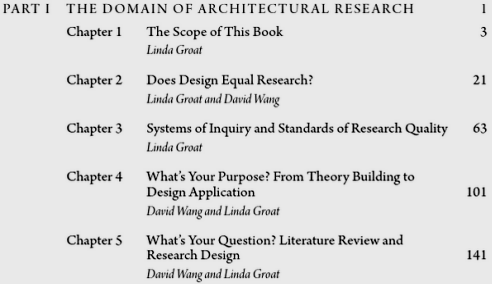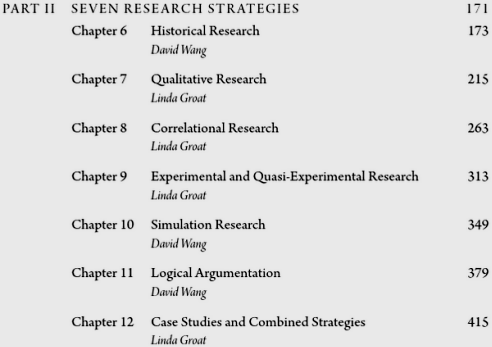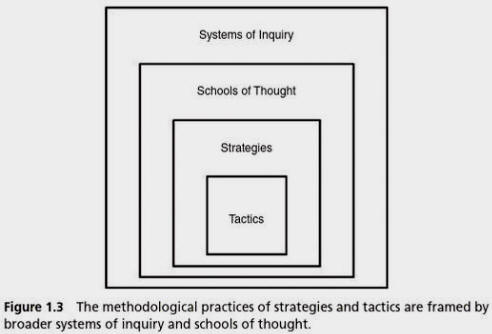Washington Dec 13 2022
"The American Institute of Architects (AIA) inaugurated Dan Hart, FAIA, as its 98th president on Friday, Dec. 10. “I’m spectacularly optimistic,” said Hart. “As I consider this moment in AIA’s deep history and the complexity that all of us together represent, I see beauty on the other side. I believe we are at a pivotal moment. As we move from aspiration to agency on our core dual strategies of addressing climate and justice through the built environment … we stand together and are prepared to take action.”
Hart earned a Bachelor of Architecture/Bachelor of Science, Civil Engineering from Texas Tech University. In 2014, he was elevated to AIA fellowship."
Hart with clients: wicked > "wild"

